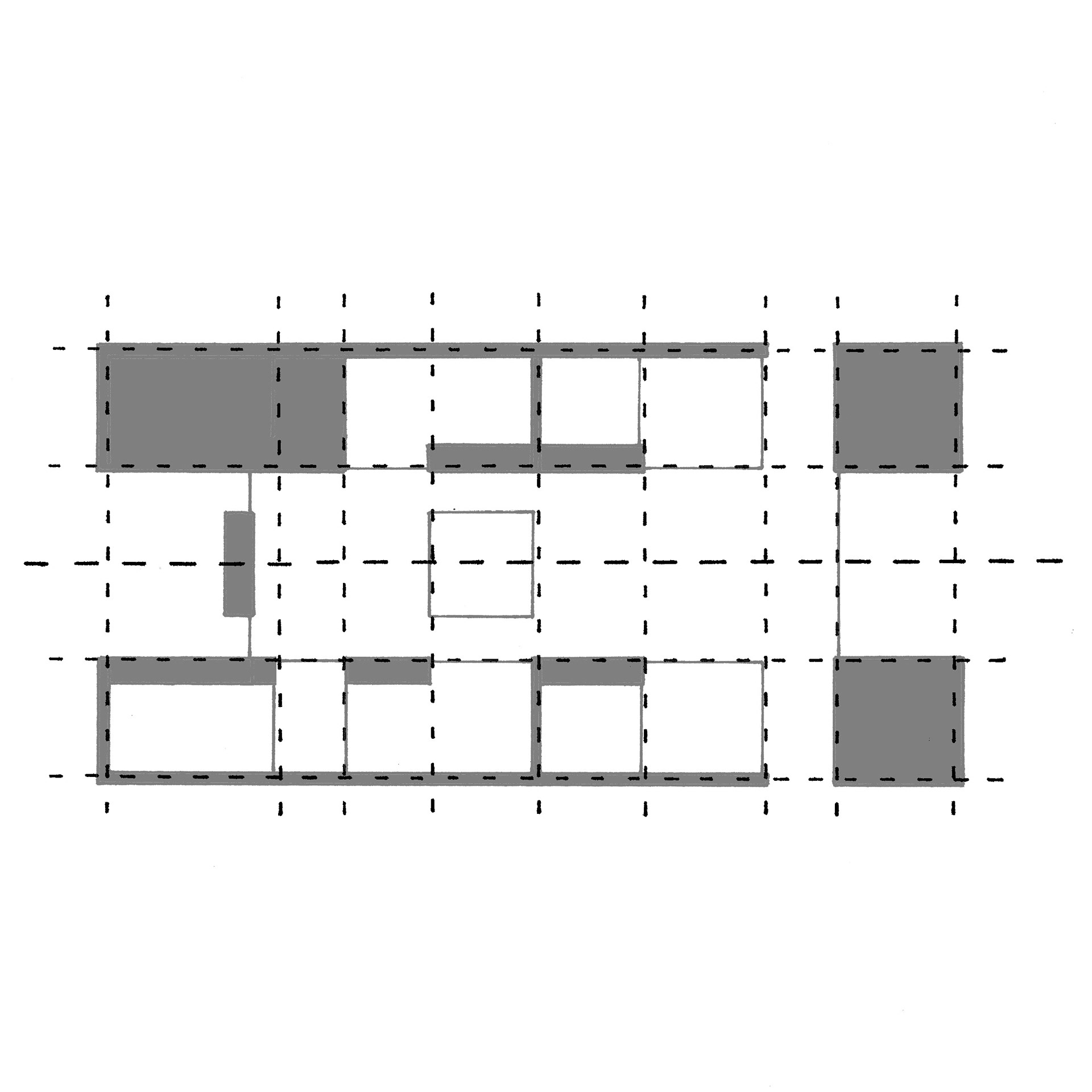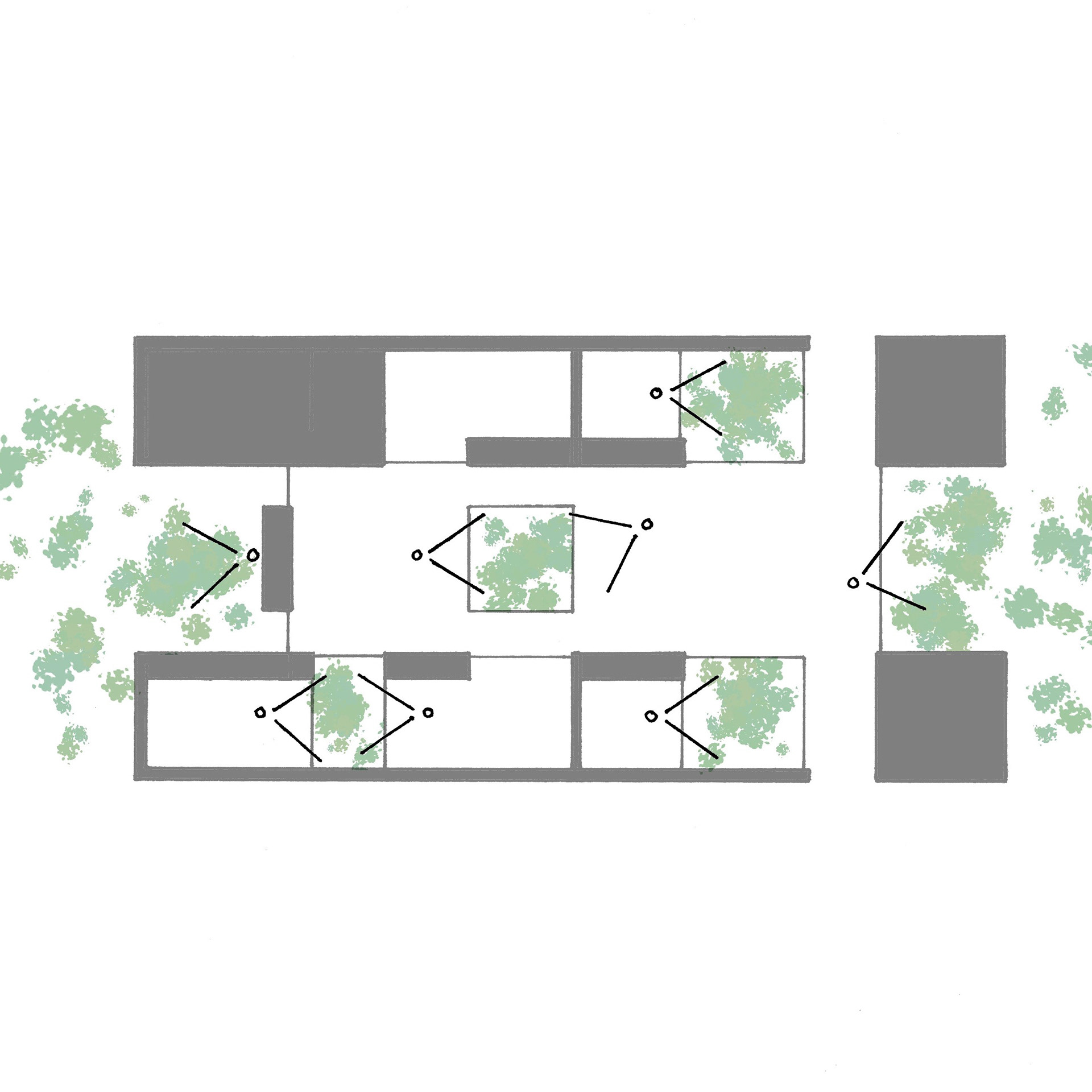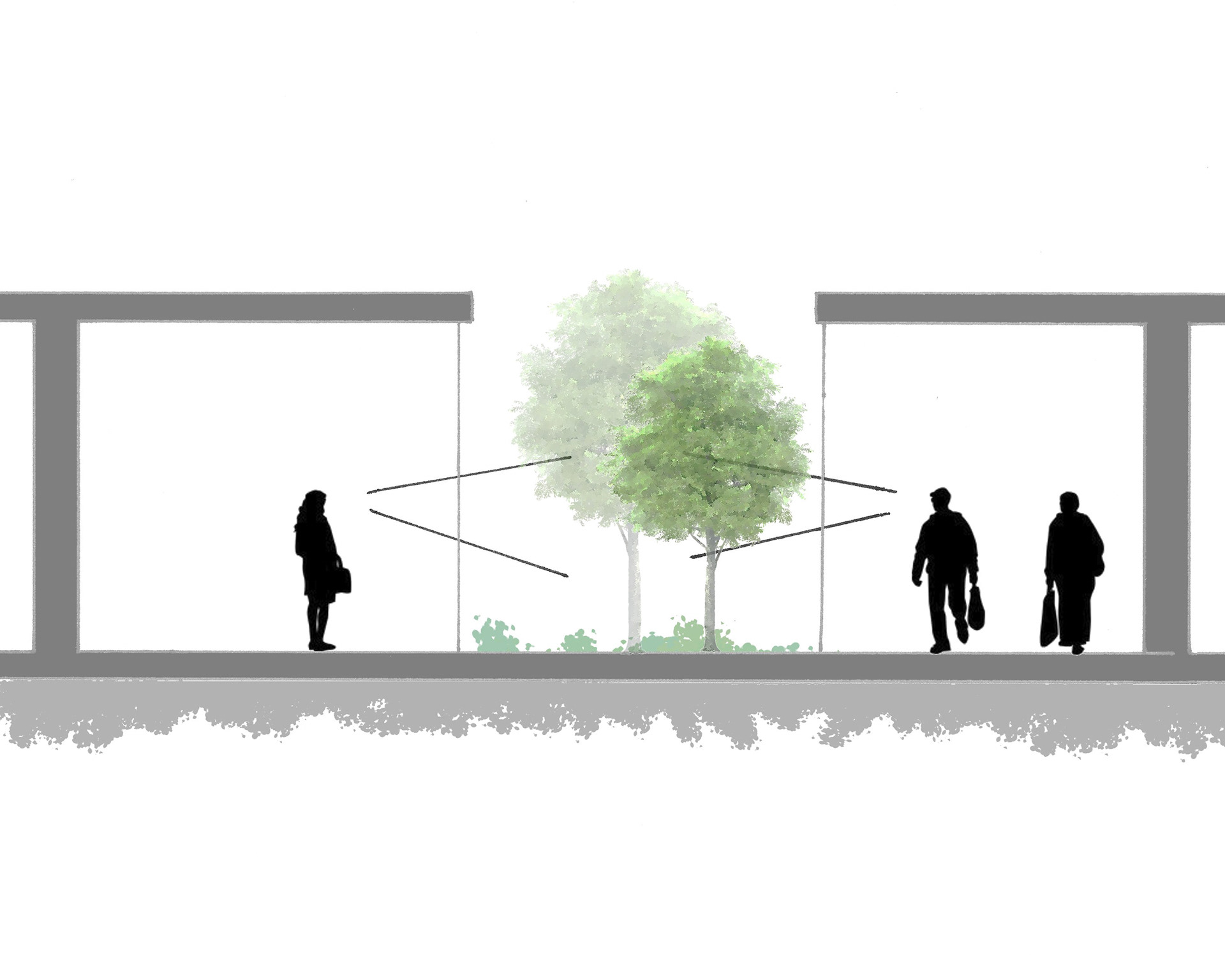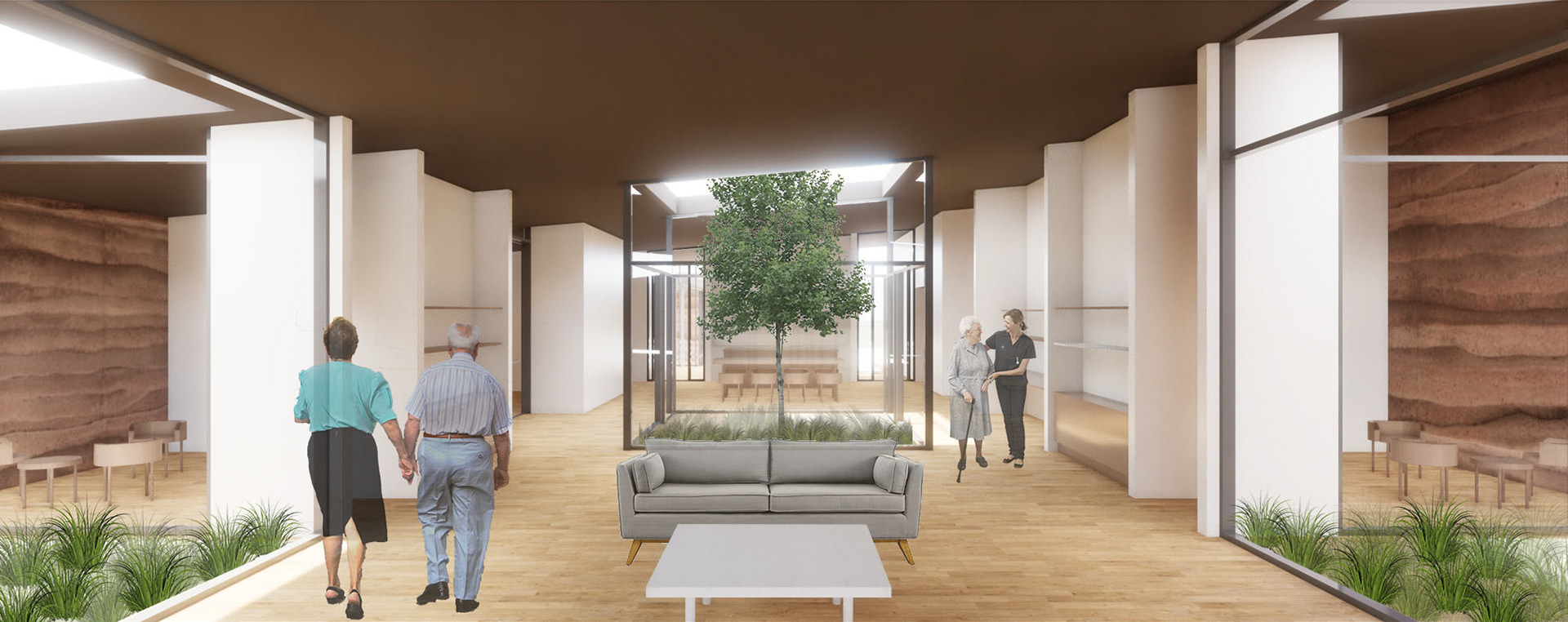Scale: 1/8" = 1'-0"
Scale: 1/8" = 1'-0"
Scale: 1/8" = 1'-0"
Scale: 1/8" = 1'-0"
In-Patient Suite - 1/4" = 1'-0" model
In-Patient Suite - 1/4" = 1'-0" model
In-Patient Suite - 1/4" = 1'-0" model
BACKGROUND
The quality of space has a fundamental relationship with the act of healing. A healthy hike through a forest offers a much different experience than lying sick on a hospital bed. Death is a very difficult situation to deal with, by the patient, family member, and even care taker. As our perception of the world shrinks to a single space in these precious moments, the significance of the quality of space becomes more so.
As the baby boomer population ages, the focus of healthcare facilities in architecture is gaining attention, so the focus of designing healthy environments is becoming more and more critical. This project explores the relationship between human well-being and architecture through the design of a building in support of hospice care.
“A significant goal in the the design of healing environments is the promotion of the quality of being for the occupants.”
- Clarke
- Clarke
People have shared the belief that there are significant connections between human health and well-being with the physical environment, and scientific research has proven that. Stress affects patients, family and staff negatively and is the effect of poorly designed healthcare environments. A study found that exposure to nature and sunlight helps mitigate stress, reduce pain, and improve health outcomes (Ulrich). The necessity for the creation of healing environments—especially in healthcare facilities—is made very apparent.
PALLIATIVE CARE
Palliative care is care provided for the physical, social, spiritual, and emotional well-being of individuals and families dealing with their final moments in life. While it sometimes works along with curative treatments, its main goal is to improve the quality of life by relieving pain, stress, and all the symptoms associated with the dying process. Facing these difficult situations with palliative care allow patients and their families to make timely and informed decisions about their health and well-being. As the exact time and manner of death is uncertain, the ability to function and understand the situation properly gives the patient and their family a small sense of control through all the uncertainty. (World Health Organization).
“Healing is multidimensional: it includes physical, mental, spiritual, emotional and social elements.”
- Gesler
HOSPICE CARE
Hospice means ‘guest house’ and it offers palliative care to persons at the end of life. The first modern hospice, founded by Cicely Saunders, recognized the significance of dignity, respect, and compassion in relation to the process of dying. This first modern hospice is the initial precedent to providing end-of-life care through physical, emotional and spiritual means. Today, hospice care facilities recognize the significance of allowing the patient to be at ease in the final moments of their life (Refuerzo)



CREATING A HEALING ENVIRONMENT
Good relationships are essential to a therapeutic environment. The placement of social spaces breaks down hierarchies and barriers among patients and staff (Gesler). The centrally located living and kitchen space within the shared hospice are supportive of the social aspect of healing.




Circulation Space and Entry to In-Patient Suites

